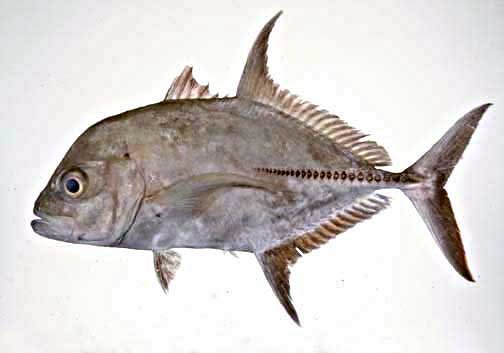"LEWA, s. Haw., the upper air, region of clouds; v. to swing, float in the air, move back and forth; hoo-lewa, to vibrate, float in the air, carry between two persons, as a corpse, a funeral.
Tah., rewa, the firmanent, an abyss; rewa-rewa, to fly about, as a flag.
Mangr., rewa, the overhanging firmanent, a tent, a flag.
N. Zeal., rewa, the eyelid.
Marqu., ewa, to suspend; s. the middle.
Sam., leva (of time), long since; v. be protracted.
Fiji., rewa, high, height; vaka-rewa, to lift up, to hoist, as a sail.
Malg., lifa, v. to fan oneself, s. flight; rafraf, a fan.
Goth., luftus, the air.
Sax., lyfti, air, arch, vault.
O. Engl., lift, air.
Lat., limbus (?), fringe, flounce.
Sanskr., dev, div, primarily 'jacere, jaculare', according to A. Pictet (Orig. Ind.-Eur., ii. 466), subsequently 'to play at dice', play generally. The permutation of d and l may be observed in the Latin levir, brother-in-law (the husband's younger brother) = Sanskr. devŗi, devara, id.
If dev or div has derived the sense of 'throwing dice' from an older sense 'jacere, jaculare', to throw, to hurl, that sense may be a derivative from a still older one, 'to lift up, swing about, be suspended' = the Polynesian lewa, rewa, 'to be suspended, to vibrate'. And thus we can also understand the origin of the Goth. luftus, the Sax. lyfte, the O. Norse loft, Swed. lowera, lofwa, Engl. luff." (Fornander)


